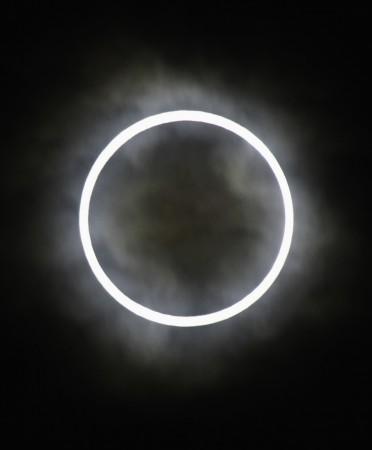
Stargazers will be in for a visual treat when the annular solar eclipse transforms the sun into a 'ring of fire' on 9-10 May.
According to NASA, the eclipse will be visible across Australia, eastern Papua New Guinea, the Solomon Islands, and the Gilbert Islands on Thursday and Friday in Eastern Time (ET). Australia will be the first to view the event at 5:30 pm ET (6:32 am local time). [Click here to see the entire list of cities and their respective timings for the annual solar event.]
The phenomenon will not be visible to India. Those living in the sub-continent can tune into the live webcast hosted by Slooh.com at around 3:00 am IST on Friday to view the celestial event.
The Slooh Space Camera will broadcast the event live along with an expert commentary from Australia at 5:30 pm EDT (21:30 GMT).
"As a special treat, Slooh will broadcast an additional feed of the Sun from the Prescott Solar Observatory, a fantastic facility located in Arizona - giving viewers a unique look of the Sun from the other side of the world," Latinos Post reported.
The eclipse will see the moon covering 95 percent of the sun but will not considerably darken the skies. A solar eclipse occurs when the moon comes in between sun and earth and casts a shadow on earth.
Those gearing up to watch the event should use protective gear like special protective lenses, telescope filters and camera to avoid damage to the eyes.
"Solar eclipses can be inspirational to students and others, so it is interesting to have everyone view the eclipse, but only safe methods of viewing should be used," said Jay Pasachoff, an astronomer at Williams College and chair of the International Astronomical Union's working group on eclipses told Space.com.
The celestial event will be a partial one with the moon not completely masking the sun.
The last Partial Lunar Eclipse took place on 25 April. This year will witness a total of five eclipses - three lunar and two solar eclipses.
















